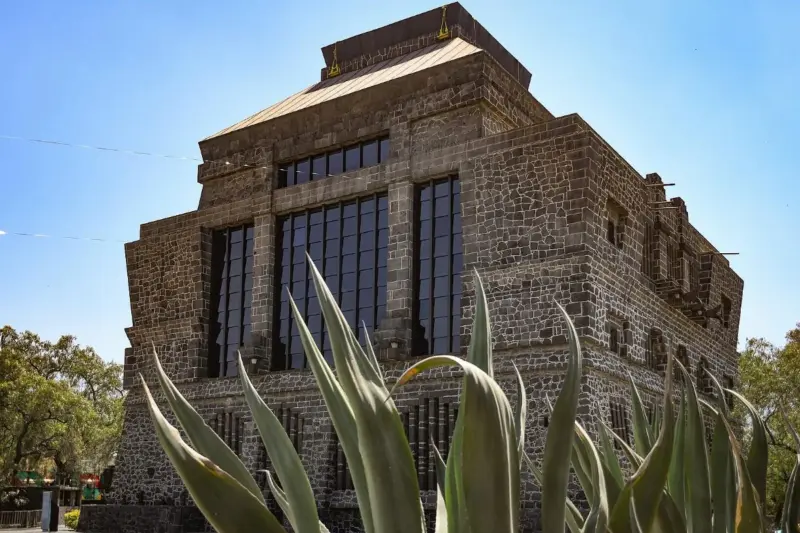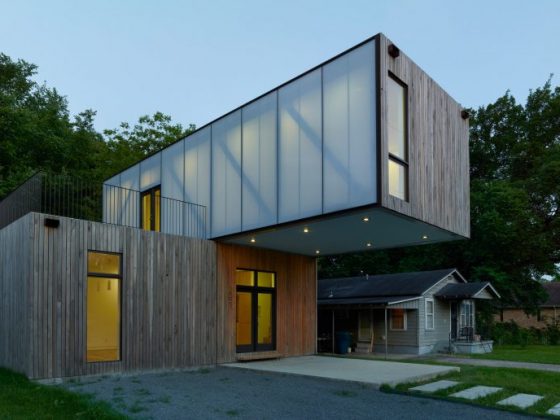A prominent Mexican architect during the mid century period was Ruth Rivera Marín. Although Rivera died young, at age 42, she made many significant contributions to the field of architecture during her lifetime, leaving behind a lasting legacy and paving the way for future women architects and designers.
Early Life

Ruth Rivera Marín was born in Mexico City on June 18th, 1927. She got an early start to a creative life, thanks to her parentage. Her father was muralist Diego Rivera, and her mother was writer and actress Guadalupe Rivera Marín.
Rivera was already leading the way for women architects in Mexico even during her schooling. She was the first woman admitted to the College of Engineering and Architecture of the National Polytechnic Institute.
While she was attending the college, Rivera had the chance to study under Juan O’Gorman, Enrique Yáñez, and Pedro Ramírez Vázquez. When she graduated in 1950, she became the first woman in Mexico to earn a degree as an architect engineer.
Architectural Projects

Rivera’s work during the 1960s included architectural planning jobs, like her work as head of planning for the SEP on the National System of Regional Rural Schools, as well as architectural design work. Some of her projects included:
- The Museum of Modern Art Chapultepec (with Pedro Ramírez Vázquez)
- El Eco Museum (with Luis Barragán)
- The Anahuacalli Museum (with Juan O’Gorman and Diego Rivera)
- The Century 21 Fair Mexican Pavilion (with Carlos Mijares Bracho)
Rivera usually worked in close collaboration with other architects and artists. While some of her projects were for new structures, others involved restoring or repurposing buildings.
Books and Leadership
What made Rivera a leader in her field encompassed more than her architectural works alone. Between 1959 and 1969, she served as head of the Architecture Departments at the Instituto Nacional de Bellas Artes.
She was a member in many professional organizations, including the Society of Mexican Architects, the Mexican Association of Art Critics, and the College of Architects. She served as vice president of another organization, Mexican Architects. In addition, she became president of the International Union of Women Architects. Further, she served on ICOMOS, the Subcommittee on UNESCO Museums.
Rivera was a thought leader as well. While managing the journal Cuadernos de Arquitectura y Conservación del Patrimonio Artístico, she converted its supplemental Cuadernos de Arquitectura (Notebook of Architecture) into its own publication, which ran 20 volumes.
Some of her books and articles included Thirty years of functionalism in ESIA, Meditations in the face of a formal crisis in architecture, and Urbanism and Planning in Mexico.
At a time when European modernist styles were being exported globally, Rivera notably turned away from them. She believed that architecture needed to be local, serving the specific land and people for which it was designed. Through her groundbreaking architecture, writing and leadership, Rivera championed a form of modernism that was quintessentially Mexican while laying a foundation for other Mexican and women architects to follow in her footsteps.
If you enjoyed this post, you may also like The National Museum of Anthropology: A Monument to Pre-Columbian Culture and The Museo Casa Estudio Diego Rivera y Frida Kahlo.
And of course, don’t forget to follow us on Instagram, Facebook, Pinterest and YouTube for more Atomic Ranch articles, house tours, and ideas!











